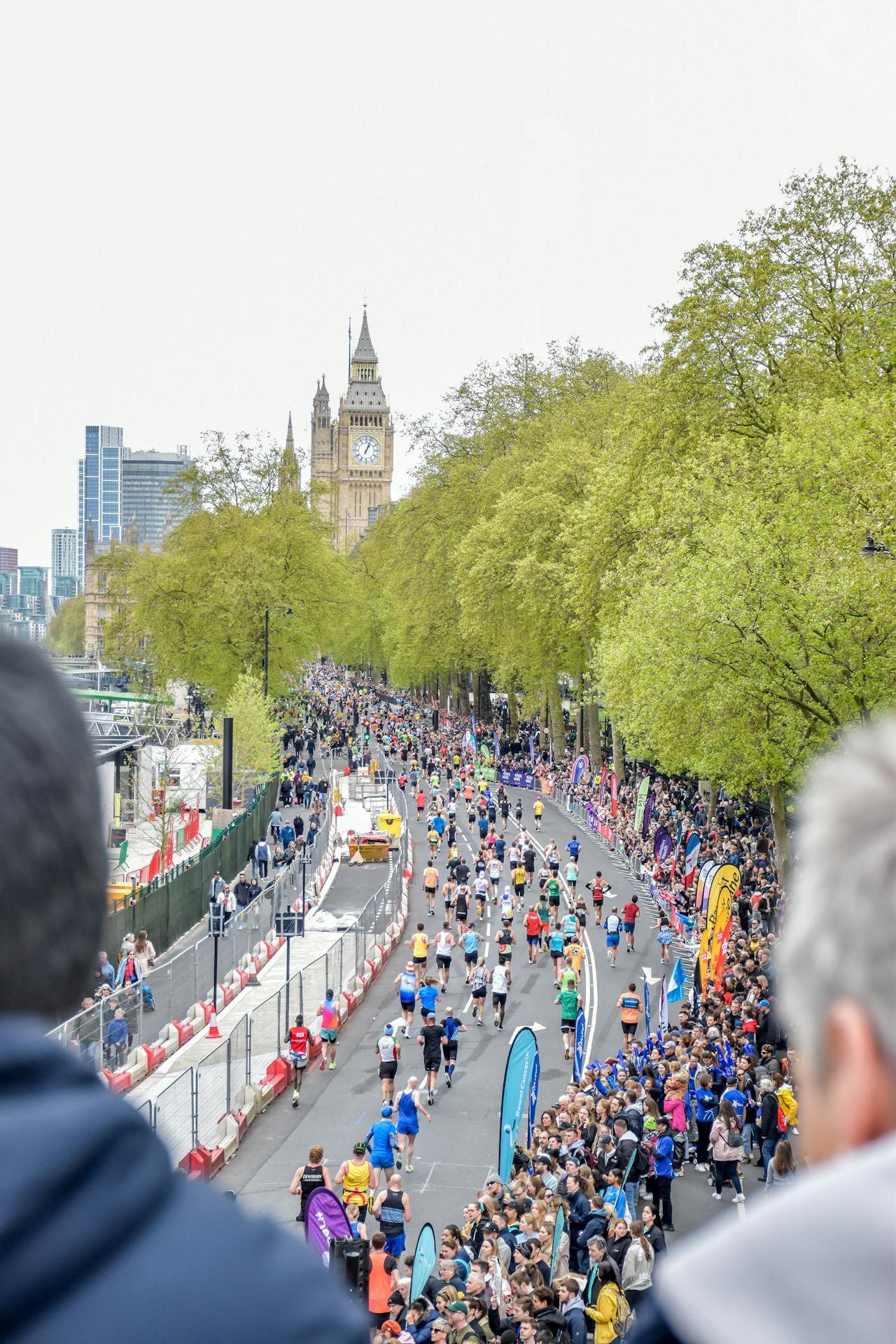Well, it's April already, and if you're planning to participate in a race this month, such as the London Marathon, you might have realized that there's not much time left. If you haven’t started training properly yet, it isn’t quite panic stations, but you’re not far off! For those planning something a little later in the year, now is the perfect time to start training so you can enjoy your big challenge fully prepared.
The Importance of Early Preparation
For those aiming for a marathon in June, the ideal preparation involves doing a 20-mile training run every week in May, along with three additional runs per week. This may sound daunting, especially if you’re still catching your breath after just one lap around the block. However, with the right plan, you can prepare for any distance—from a 5km run to a full marathon—even if it means incorporating some walking during the longer races.
The Three-Part Training Plan
To ensure you’re ready for your race, the training plan includes three key runs each week: one long run, one middle-distance run, and one short run. If you’re training for a marathon, aim to add an extra middle-distance run each week, making it four training sessions in total.
The Long Run
The long run is all about building endurance. Start by running for an hour (or 45 minutes if you’re training for a race up to 10km). Each week, add five minutes to this time. The goal is to jog slowly and focus on spending longer periods on your feet, rather than worrying about speed or distance. Don’t hesitate to take walking breaks if needed; consistency is more important than perfection.
The Middle-Distance Run
The middle-distance run should be a distance you can complete without stopping. Speed isn’t a priority for this run, but consistency is. For marathon training, aim to build up to 8-10 miles over time. If you’re just starting, begin with 3-4 miles (or even 2 miles for shorter races) and add half a mile to this run each week. For marathon runners doing two middle-distance runs a week, alternate which run gets the extra half-mile increase.
The Short Run
The short run focuses on interval training, which is crucial for improving speed and endurance. Start by running 1km as fast as you can sustain, followed by three minutes of gentle jogging or walking to recover. Repeat this three times. Every two weeks, add one fast repetition until you reach a maximum of six. This session is challenging but incredibly effective in boosting your performance and helping you cope with the physical demands of a race.
Adjusting for Setbacks
While the plan sets you up for success, life doesn’t always go according to plan. If you pick up an injury or virus close to race day, especially for an April race, it’s wise to skip the event and aim for a later one. For instance, the London Marathon encourages runners to defer their participation to the following year if they’re unwell or underprepared. Running a marathon while ill or inadequately trained is dangerous and should be avoided.
Recovery Before the Big Day
It’s essential to taper your training two weeks before a marathon (and one week for shorter races) to allow your body to recover fully. This period of reduced training helps ensure that you’re at your peak performance on race day. Adequate rest during this time is just as important as the training itself.
Maximizing Long-Term Preparation
If you have more time to prepare, use it wisely. Follow the training plan but stop increasing distances once your long run reaches three-quarters of your race distance, your middle-distance runs are two-thirds of the race distance, and you can comfortably complete six fast repetitions during short runs. At this point, shift your focus to running faster and improving your efficiency.
Focus on Enjoyment
While training for any distance requires commitment, it should also be an enjoyable journey. The satisfaction of building endurance, improving your speed, and achieving your milestones makes the effort worthwhile. Whether your goal is to simply finish the race or compete with the best, the key is to enjoy the process and celebrate every achievement along the way.
Success Stories
This training schedule has helped countless individuals achieve their running goals, from completing their first 5km to crossing the marathon finish line. Some have used it to go from “just getting around” to “keeping up with the Kenyans” performances. With the right mindset, dedication, and this structured plan, you too can achieve your running dreams.












